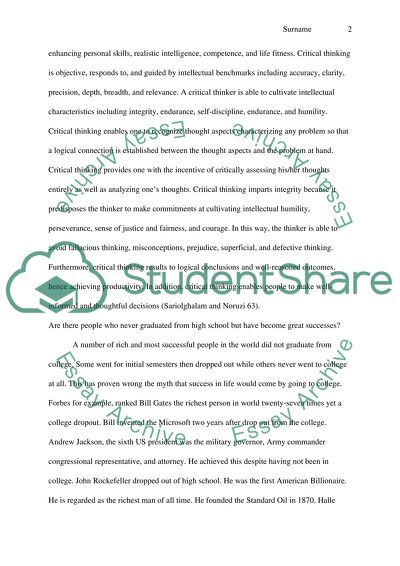Cite this document
(“Introduction and definition of critical thinking Research Paper”, n.d.)
Retrieved from https://studentshare.org/sociology/1397918-introduction-and-definition-of-critical-thinking
Retrieved from https://studentshare.org/sociology/1397918-introduction-and-definition-of-critical-thinking
(Introduction and Definition of Critical Thinking Research Paper)
https://studentshare.org/sociology/1397918-introduction-and-definition-of-critical-thinking.
https://studentshare.org/sociology/1397918-introduction-and-definition-of-critical-thinking.
“Introduction and Definition of Critical Thinking Research Paper”, n.d. https://studentshare.org/sociology/1397918-introduction-and-definition-of-critical-thinking.


